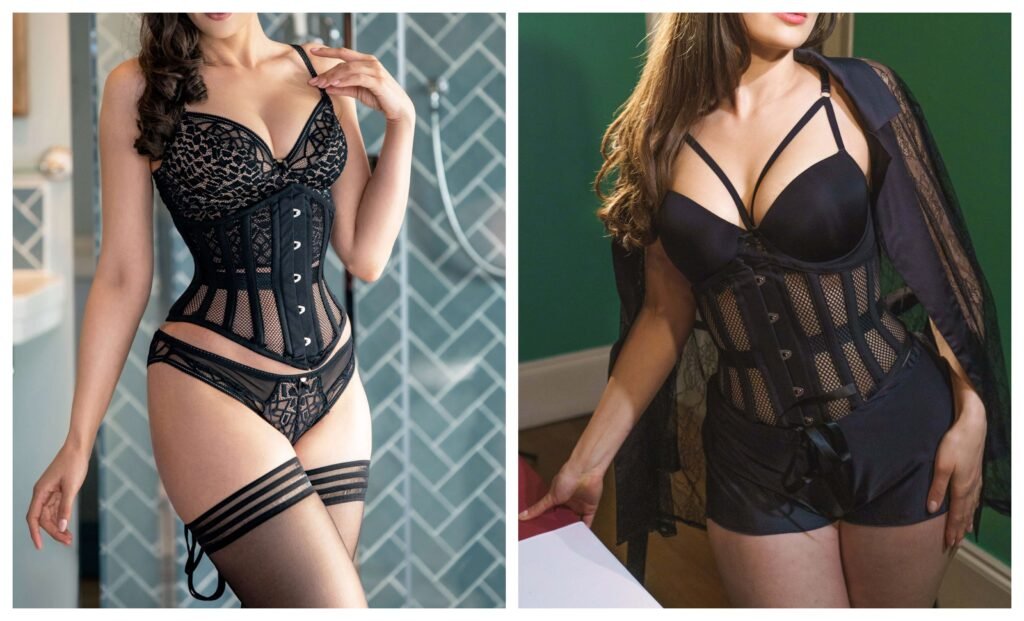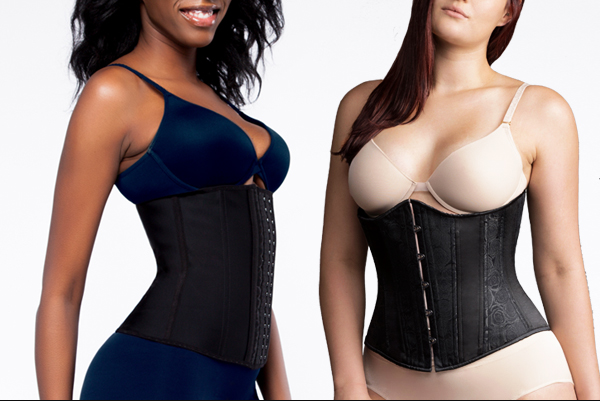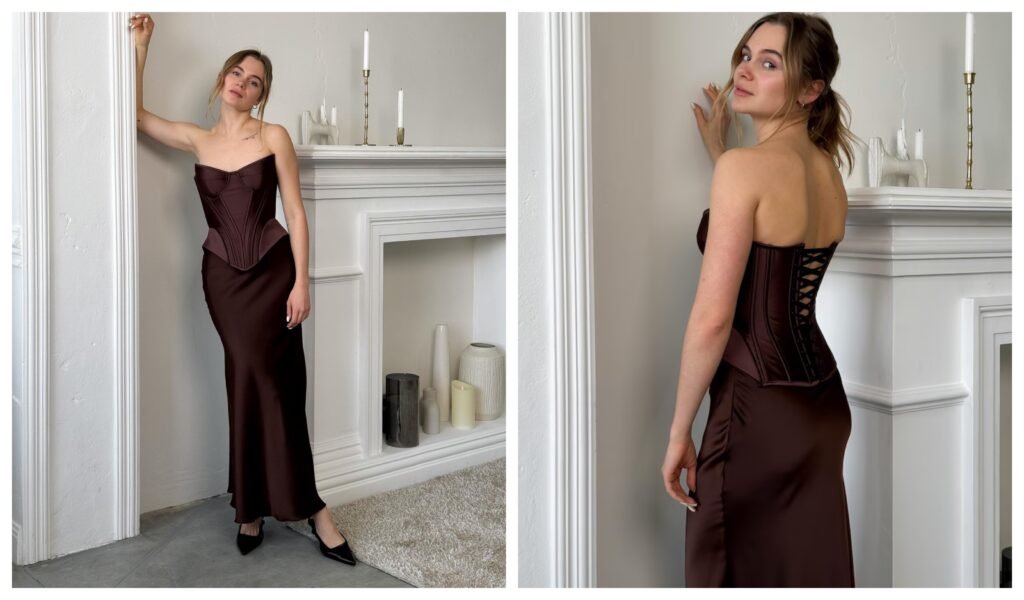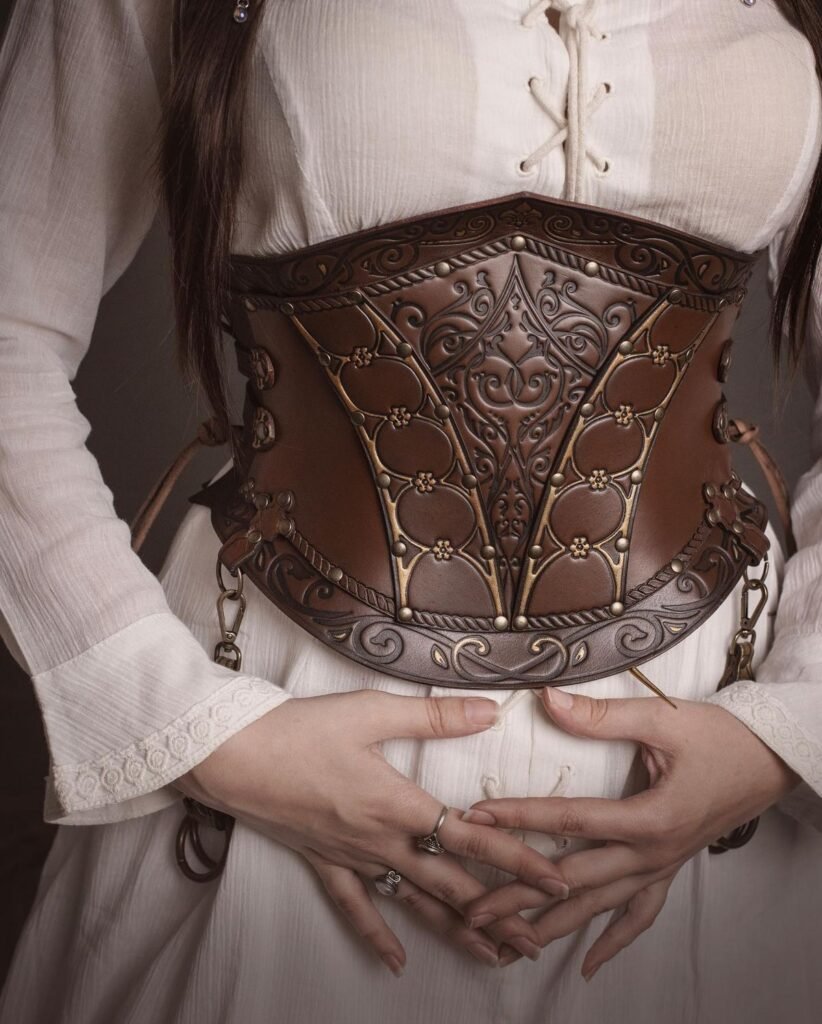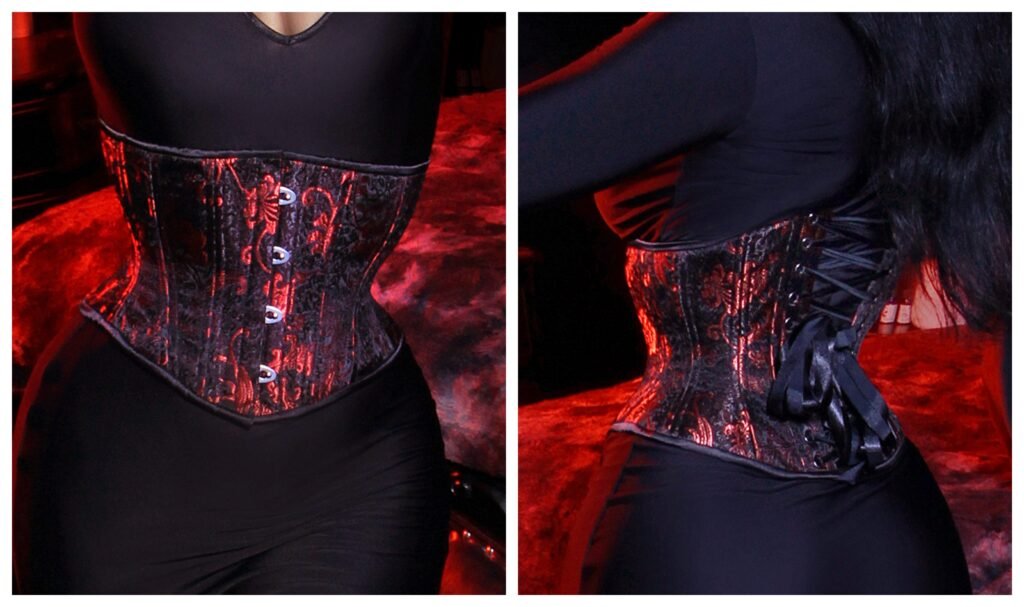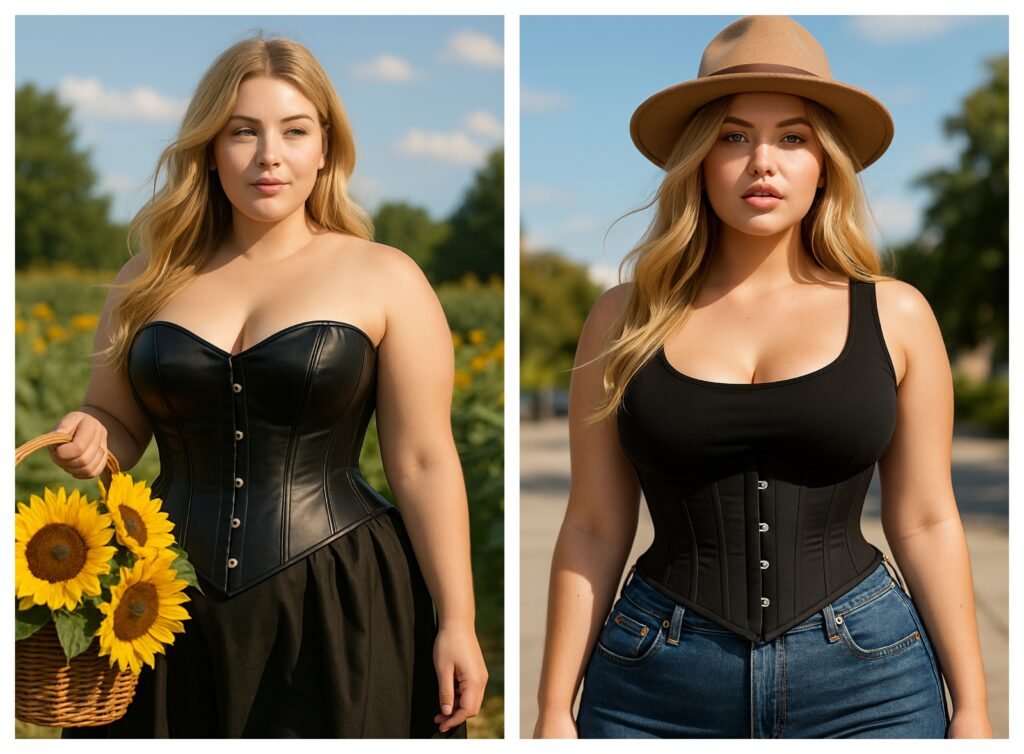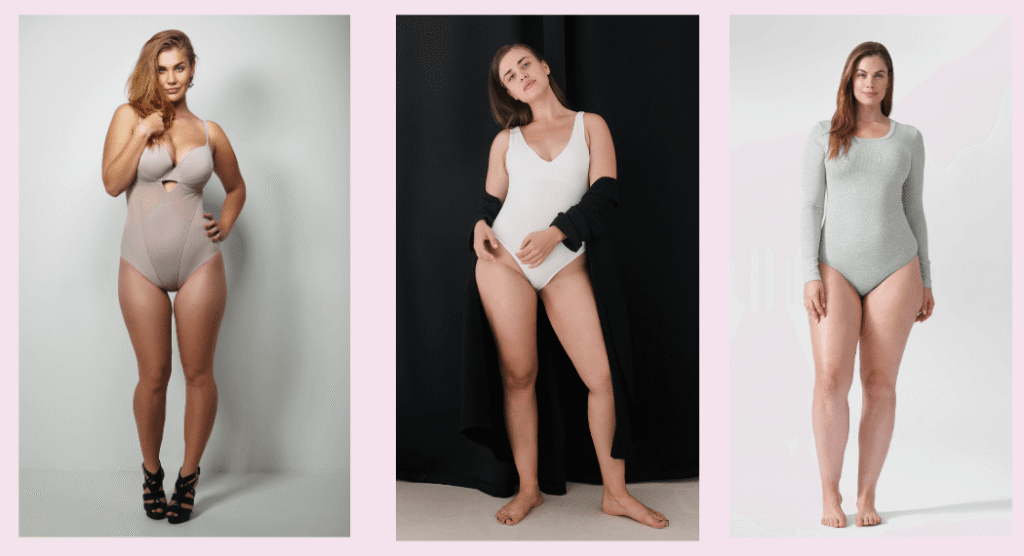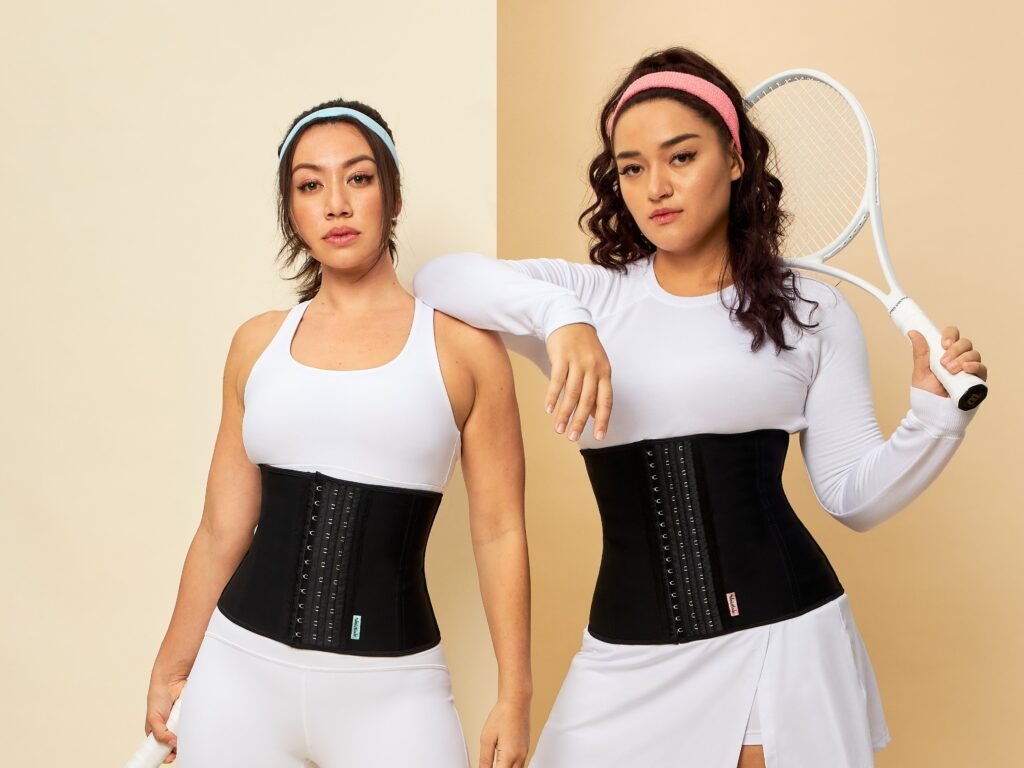How to Pick a Waist Trainer That Won’t Hurt Your Body?
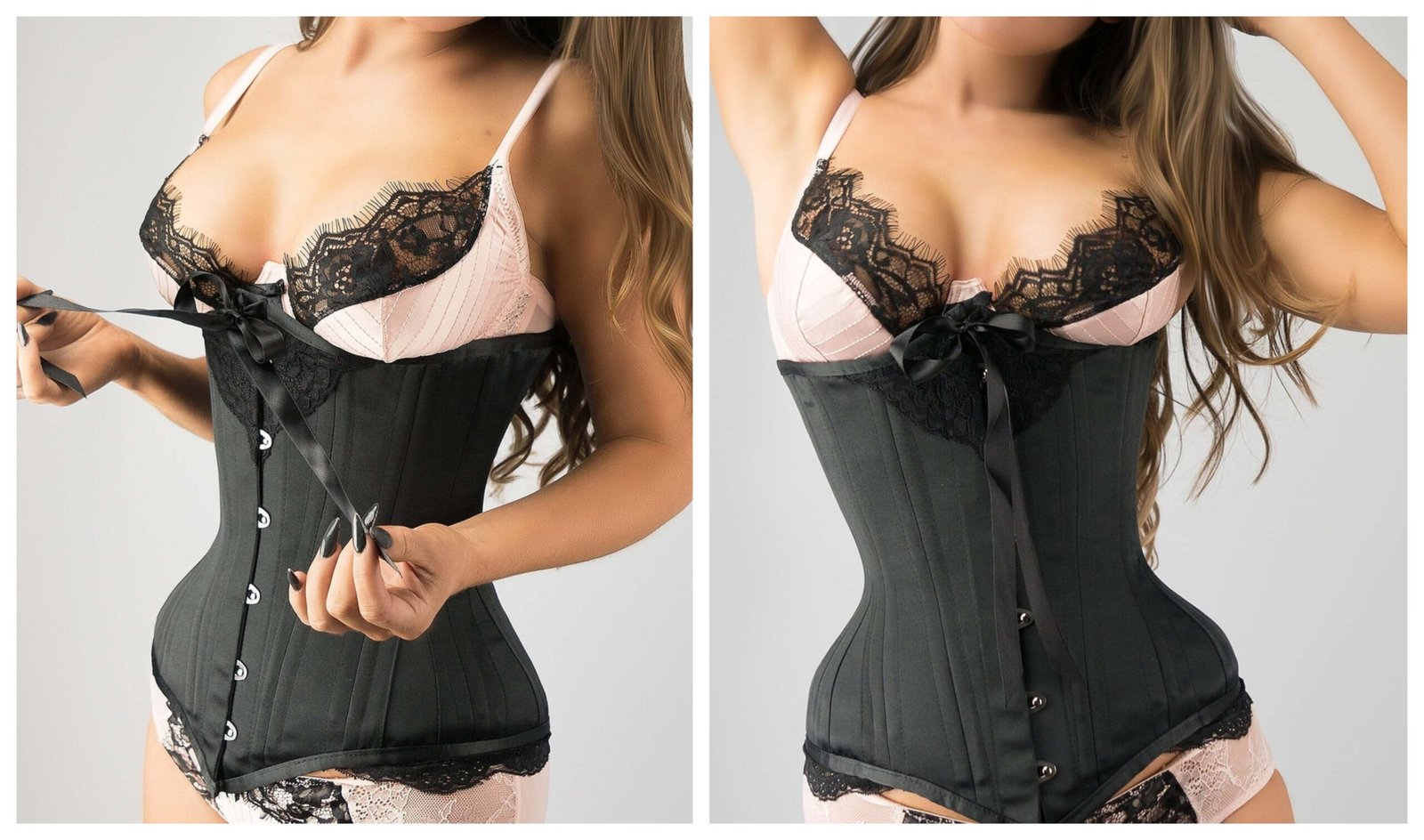
Waist trainers have become a popular accessory for women looking to enhance their figure, support their posture, or complement a fitness routine. From latex waist trainers to steel boned waist trainers, from everyday waist trainers to steampunk waist training corsets, the variety can be overwhelming. While waist trainers offer numerous benefits, choosing the wrong one or wearing it incorrectly can lead to discomfort or even harm.
If you want to enjoy the advantages of a best waist trainer for women without hurting your body, it’s essential to understand the types, fit, materials, and usage techniques. This guide will help you pick a waist trainer that is safe, comfortable, and effective for your goals.
Understanding waist trainer types
Before buying, it’s important to know the different types of waist trainers available:
- Adjustable waist trainer: These come with hooks, Velcro, or laces to customize compression, ideal for beginners.
- Steel boned waist trainer: Provides maximum support and structure, great for posture correction but should be used cautiously.
- Latex waist trainer: Popular for fitness routines due to its thermogenic effects, helping with sweating and core engagement.
- Postpartum waist trainer: Designed for new mothers to support recovery while avoiding pressure on sensitive areas.
- Curvy waist trainer and hourglass waist trainer: Enhance natural curves without extreme compression.
- Corset waist trainer or corset body shaper: Fashionable trainers that double as style pieces like steampunk corsets or punk corsets.
- Short torso waist trainer vs. long torso waist trainer: Your choice depends on body proportions to ensure coverage and comfort.
Choosing the right type ensures that your waist trainer works with your body rather than against it.
Determining your goals
Understanding why you want a waist trainer helps you pick a safe and suitable option:
- Fitness and waist training: Hot shapers waist trainers, fitness waist trainers, or tummy trainers support posture and core engagement during workouts.
- Body shaping and slimming: Corset tops, body shaping belts, tummy control trainers, and slimming belts create a smooth silhouette under clothing.
- Posture support: Steel boned waist trainers and curvy waist trainers improve posture when worn correctly.
- Fashion purposes: Steampunk underbust corsets, punk corsets, or a stylish corset waist trainer can be worn over clothing for a dramatic look.
Choosing the right size and fit
One of the main reasons waist trainers cause discomfort or injury is an improper fit. Follow these guidelines to pick a waist trainer that won’t hurt your body:
- Measure your natural waist: Don’t guess; always use a tape measure and follow the sizing chart of the brand.
- Avoid overly tight trainers: Too much compression can restrict breathing, cause digestive issues, or create bruising.
- Adjustable waist trainers: Start with moderate compression and gradually tighten as your body adjusts.
- Plus size waist trainers: For fuller figures, select trainers designed specifically for plus size women to ensure even compression.
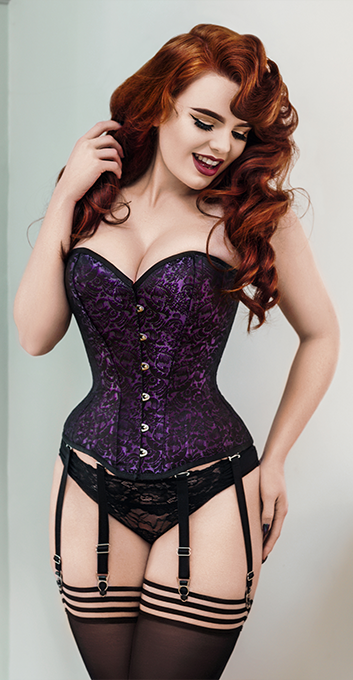
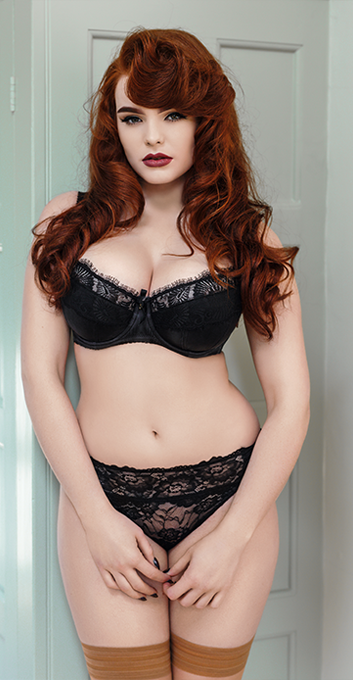
Materials that prioritize comfort
The material of your waist trainer impacts both comfort and safety:
- Latex waist trainers: Lightweight and flexible, suitable for workouts but should include a soft lining to prevent irritation.
- Steel boned waist trainers: Strong and supportive; choose one with rounded edges to prevent pinching.
- Neoprene and spandex blends: Provide stretch for daily wear without sacrificing shape.
- Cotton-lined trainers: Reduce chafing and allow longer, safer wear.
Proper usage and wear time
Even the best waist trainer for women can cause harm if used incorrectly. Keep these tips in mind:
- Start gradually: Wear your waist trainer for 1–2 hours initially and gradually increase time.
- Listen to your body: Remove the waist trainer immediately if you feel discomfort, dizziness, or difficulty breathing.
- Avoid overnight wear: Sleeping in a waist trainer, even an adjustable one, can strain your body.
- Combine with fitness: Waist trainers like fitness waist trainers or hot shapers waist trainers work best when paired with core exercises and proper posture.
- Layer wisely: Wearing a corset body shaper or tummy trainer over a thin camisole prevents irritation and allows the skin to breathe.
Common mistakes that cause discomfort
Even experienced users sometimes make errors that make waist trainers painful:
- Wearing a trainer that is too tight or too loose.
- Choosing a trainer meant for fashion (like a steampunk waist training corset) for intense workouts.
- Ignoring breaks and over-wearing the trainer.
- Neglecting posture and core engagement, which can make compression feel unnatural.
- Selecting the wrong torso length, causing folding or pinching.
Styling tips to maintain comfort and effectiveness
A waist trainer can be worn without looking bulky or feeling restricted if styled thoughtfully:
- Pair with high-waisted bottoms: Leggings, trousers, or skirts elongate the torso and balance proportions.
- Layer with fitted tops: Corset tops, curvy waist trainers, or body shaping belts worn under clothing create a smooth silhouette.
- Accessorize lightly: Thin belts or vertical patterns help define the waist without adding visual bulk.
- Choose everyday waist trainers for casual wear: Lightweight trainers are less restrictive than steel boned or fashion corsets.
Benefits of a safe and well-fitted waist trainer
When chosen correctly, a waist trainer provides multiple benefits:
- Enhanced posture: Steel boned waist trainers and curvy waist trainers promote an upright stance.
- Core engagement: Fitness waist trainers, hot shapers waist trainers, and tummy trainers help you stay aware of your core muscles.
- Temporary slimming: Corset waist trainers and body shaping belts create a streamlined silhouette under clothing.
- Postpartum support: Postpartum waist trainers aid recovery without putting pressure on sensitive areas.
- Confidence boost: A well-fitted trainer can make outfits look polished and make you feel more confident in your body.
Final thoughts
Choosing a waist trainer that won’t hurt your body requires careful consideration of type, size, fit, materials, and purpose. Whether you are looking for a latex waist trainer for workouts, a steel boned waist trainer for structure, a curvy waist trainer for daily wear, or a fashion-forward steampunk corset, the key is to prioritize safety and comfort.
By understanding your body, measuring correctly, and using the trainer wisely, you can enjoy the benefits of posture support, core engagement, and a flattering silhouette without the risk of injury or discomfort. Remember, waist trainers enhance your figure temporarily, but long-term health and fitness come from a balanced diet, consistent exercise, and mindful lifestyle choices.


